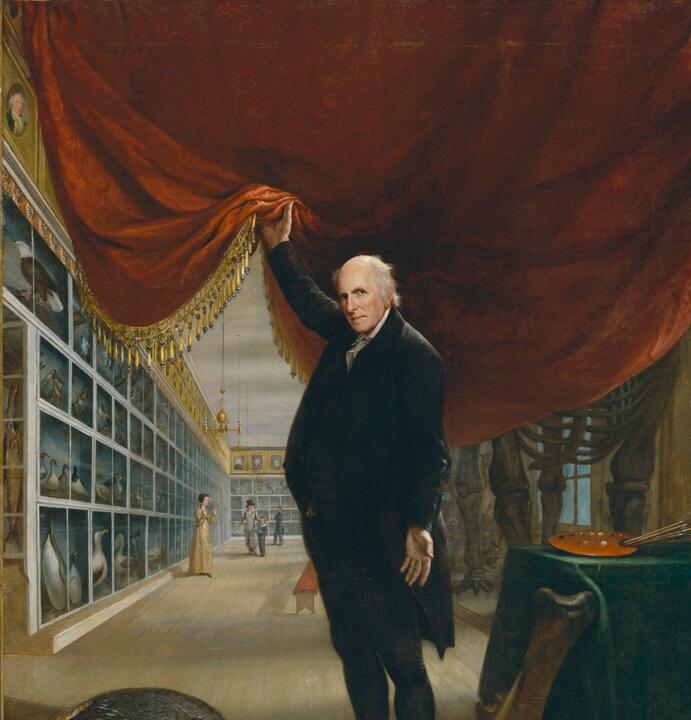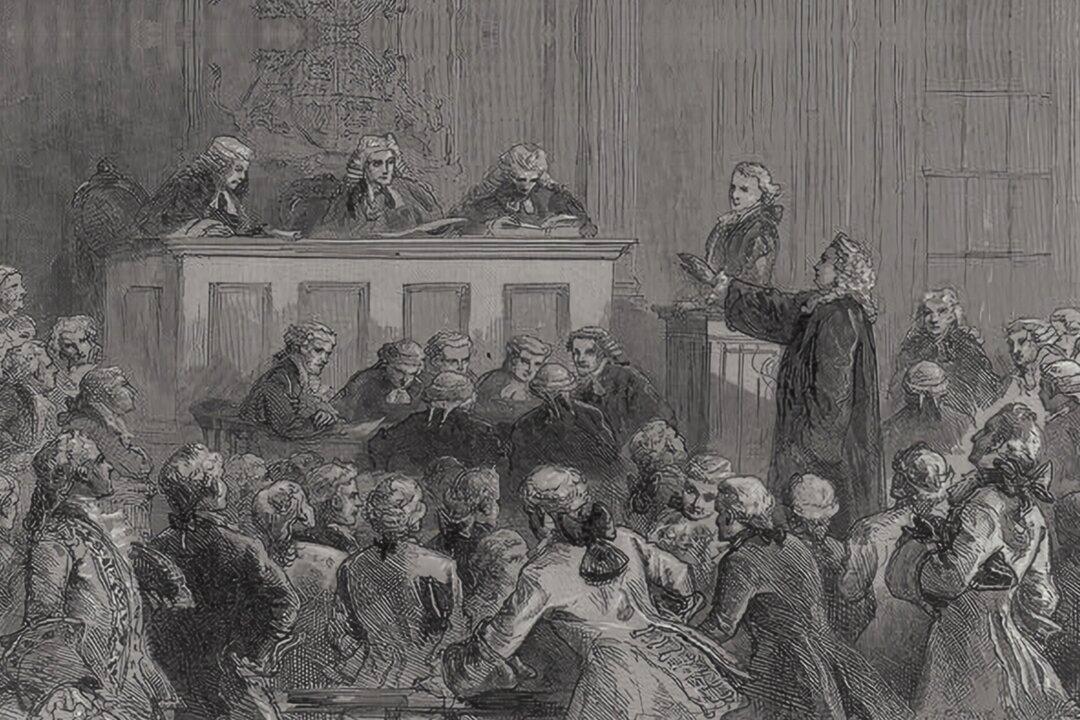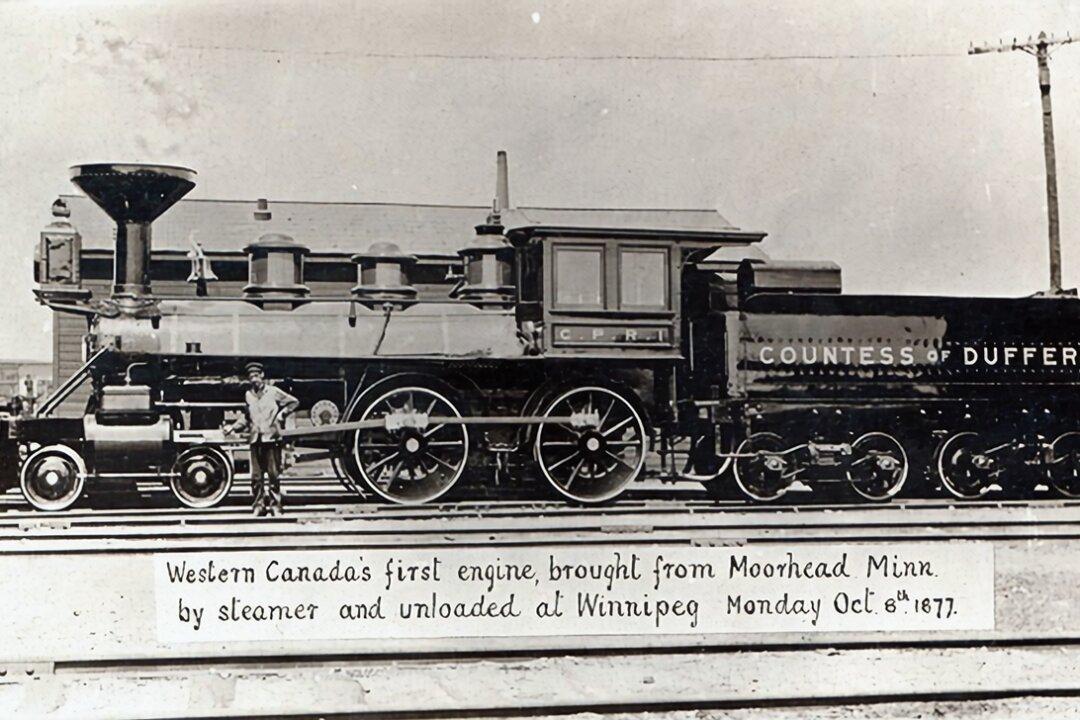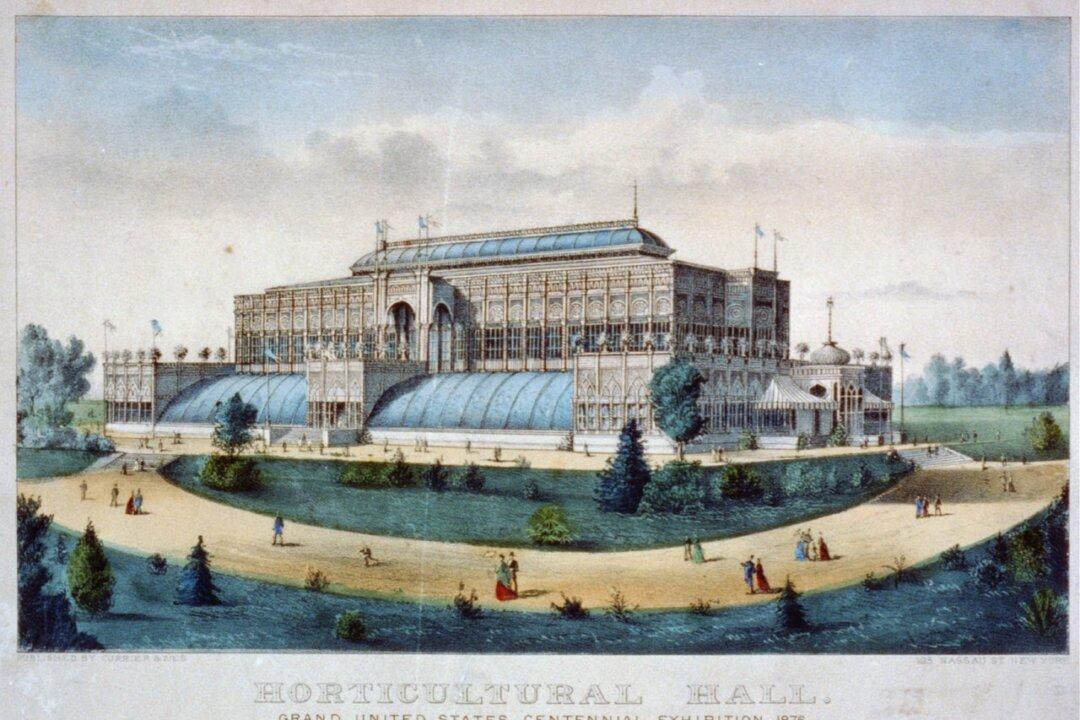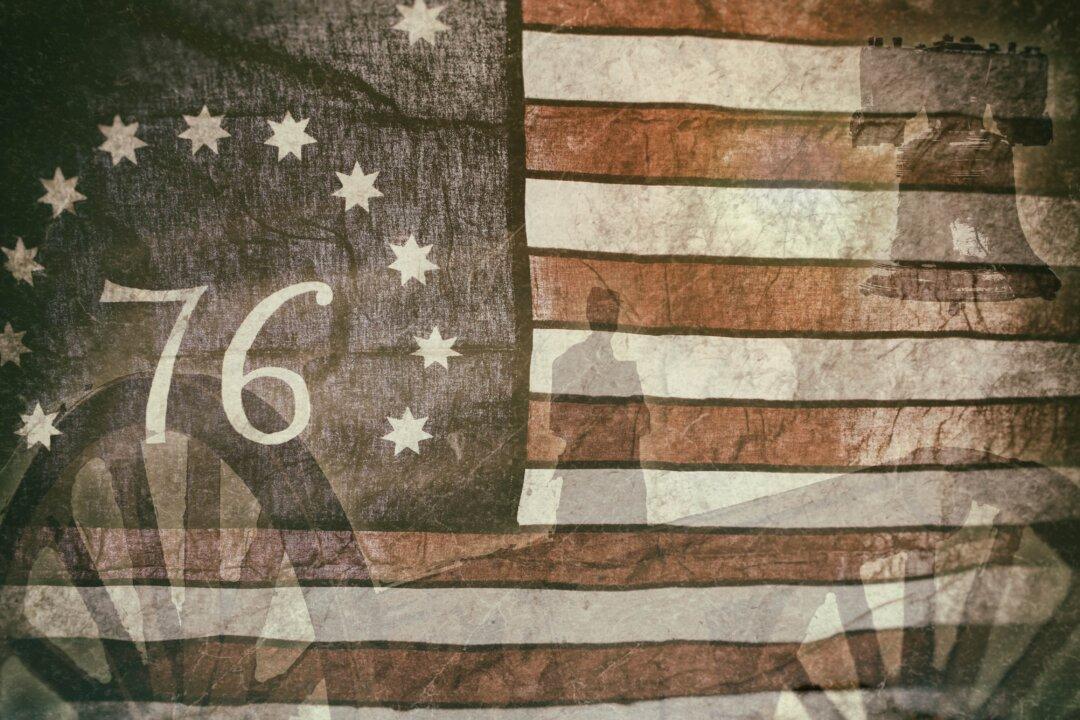Upon seceding from Britain, her thirteen former colonies immediately began to lay the foundations of an independent humanities tradition.
One could argue, of course, that the process of creating a uniquely “American” literature was already well underway long before the Revolution even began—with William Bradford’s “History of Plymouth Plantation,” for example, or the poetry of New Englanders Anne Bradstreet and Edward Taylor, or the religious writings of Cotton Mather, or Roger Williams’s musings on liberty. More recently, one could single out Franklin’s “Autobiography” (and other writings), Tom Paine’s philosophical tracts, or Jefferson’s political ones. The Revolution itself had given birth to distinctly American songs, from “Yankee Doodle” to “The Ballad of Nathan Hale” and “The Battle of the Kegs.”

